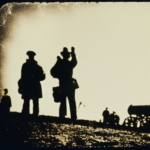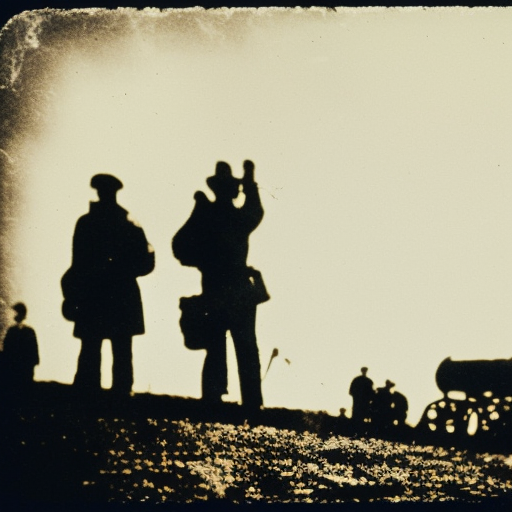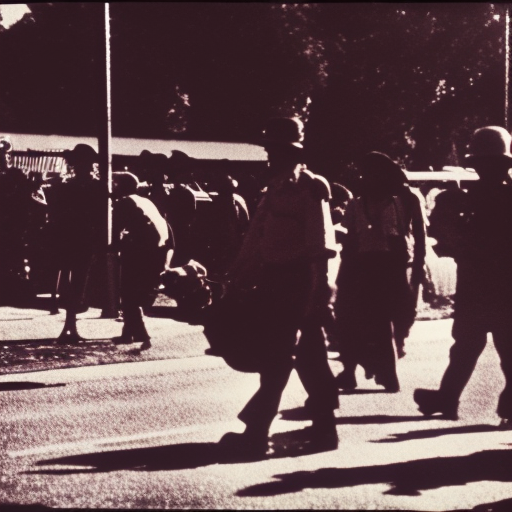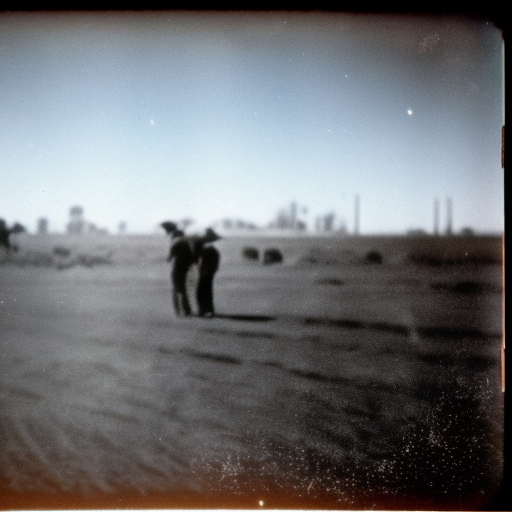The Progressive Era: A Comprehensive Summary
The Progressive Era was a period of widespread social and political reform in the United States from the 1890s to the 1920s. It was characterized by a desire to address the social and economic problems caused by industrialization and urbanization. The era saw the rise of a diverse group of reformers who sought to improve living and working conditions, promote social justice, and increase government regulation of business.
Origins and Context
The Progressive Era emerged in response to the rapid changes brought about by industrialization and urbanization. As cities grew and industries expanded, many Americans experienced poor working conditions, low wages, and overcrowded living conditions. Additionally, political corruption and the concentration of wealth in the hands of a few powerful individuals raised concerns about the fairness and equity of American society.
Reform Movements
The Progressive Era witnessed a variety of reform movements aimed at addressing these social and economic problems. Some of the key areas of reform included labor rights, women’s suffrage, temperance, and trust-busting.
- Labor Rights: Labor unions and reformers fought for better working conditions, higher wages, and shorter hours. The era saw the emergence of prominent labor leaders such as Samuel Gompers and Eugene V. Debs.
- Women’s Suffrage: The suffrage movement gained momentum during the Progressive Era, with activists like Susan B. Anthony and Elizabeth Cady Stanton advocating for women’s right to vote. The 19th Amendment, granting women suffrage, was eventually ratified in 1920.
- Temperance: The temperance movement sought to reduce or eliminate the consumption of alcohol. Led by organizations like the Women’s Christian Temperance Union and the Anti-Saloon League, the movement eventually led to the passage of the 18th Amendment, which prohibited the sale and production of alcoholic beverages.
- Trust-Busting: Progressive reformers were concerned about the growing power of large corporations and monopolies. President Theodore Roosevelt became known as a trust-buster, using antitrust laws to break up monopolistic practices and promote fair competition.
Government Reforms
The Progressive Era also witnessed significant government reforms aimed at increasing transparency, accountability, and regulation.
- Direct Democracy: Progressive reformers advocated for greater citizen participation in the political process. This led to the adoption of direct democracy measures such as the initiative, referendum, and recall, which allowed citizens to propose and vote on legislation directly.
- Regulation of Business: The era saw the passage of several laws aimed at regulating business practices and protecting consumers. The Pure Food and Drug Act and the Meat Inspection Act were passed to ensure the safety and quality of food and drugs.
- Expansion of Government: The Progressive Era marked a significant expansion of the federal government’s role in regulating the economy and addressing social issues. This included the creation of agencies such as the Federal Trade Commission and the Food and Drug Administration.
Legacy
The Progressive Era had a lasting impact on American society and politics. Many of the reforms and policies implemented during this period laid the foundation for future social and political movements.
- Social Welfare: The Progressive Era set the stage for the development of the modern social welfare state. The era’s focus on poverty, inequality, and social justice paved the way for later programs such as the New Deal and the Great Society.
- Civil Rights: The Progressive Era also laid the groundwork for the civil rights movement of the 20th century. The fight for women’s suffrage and the push for racial equality were important precursors to the later struggles for civil rights and equal rights.
- Consumer Protection: The era’s emphasis on consumer protection and government regulation of business set the stage for the creation of agencies such as the Consumer Product Safety Commission and the Environmental Protection Agency.
In conclusion, the Progressive Era was a period of significant social and political reform in the United States. It was characterized by a desire to address the social and economic problems caused by industrialization and urbanization. The era saw the rise of reform movements and the implementation of government reforms aimed at improving living and working conditions, promoting social justice, and increasing government regulation of business. The legacy of the Progressive Era can be seen in the development of the modern social welfare state, the civil rights movement, and the establishment of consumer protection agencies.












